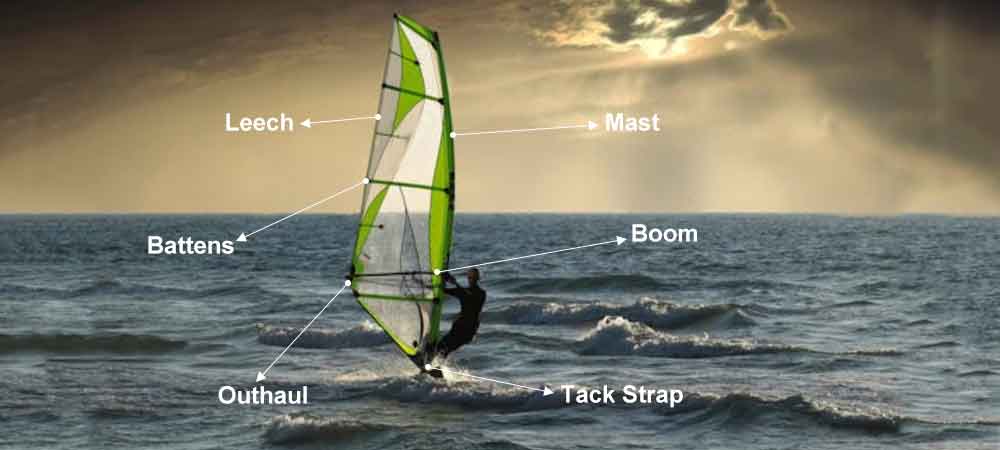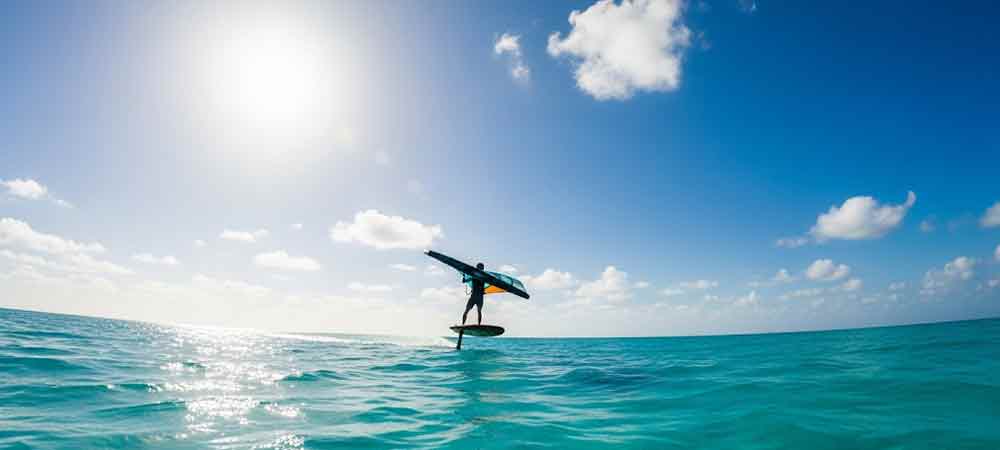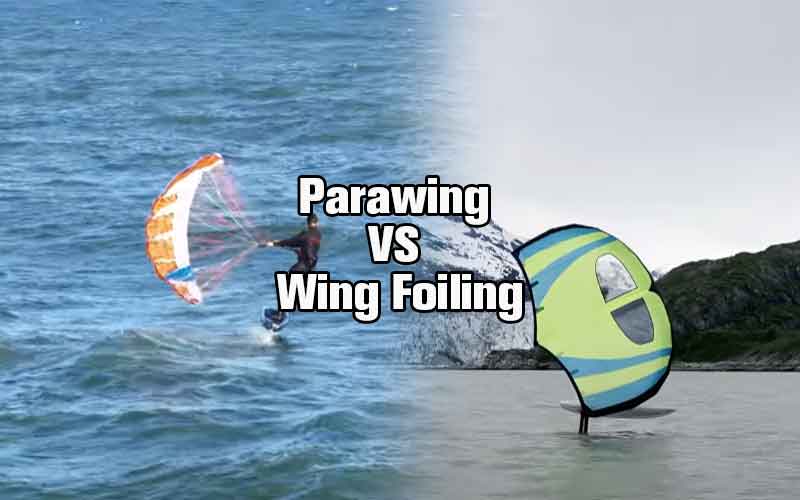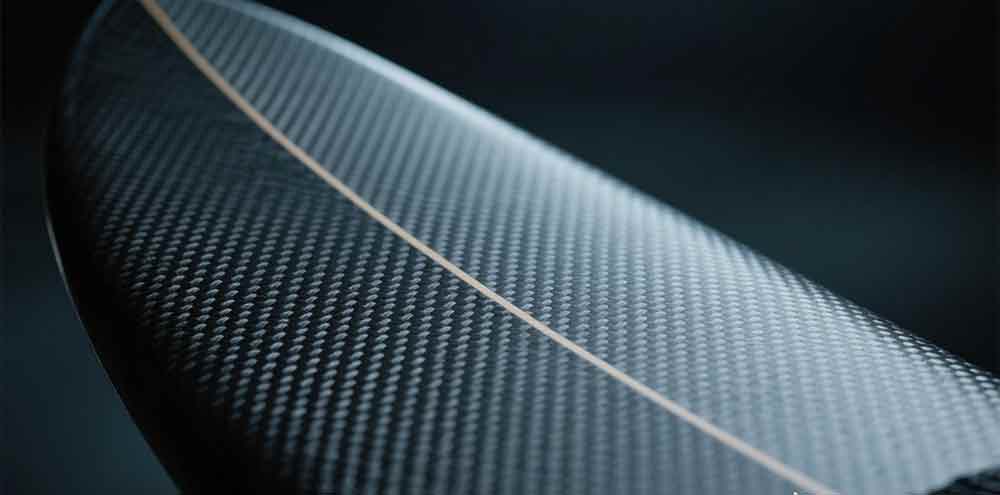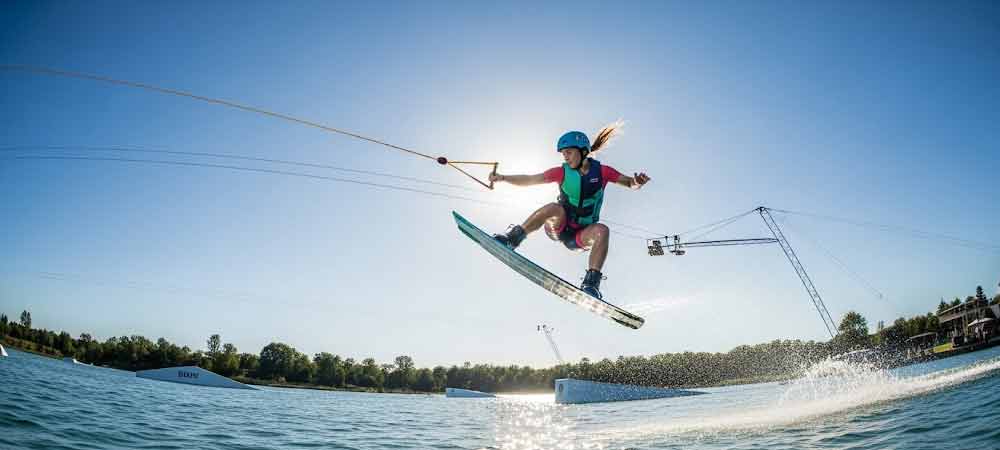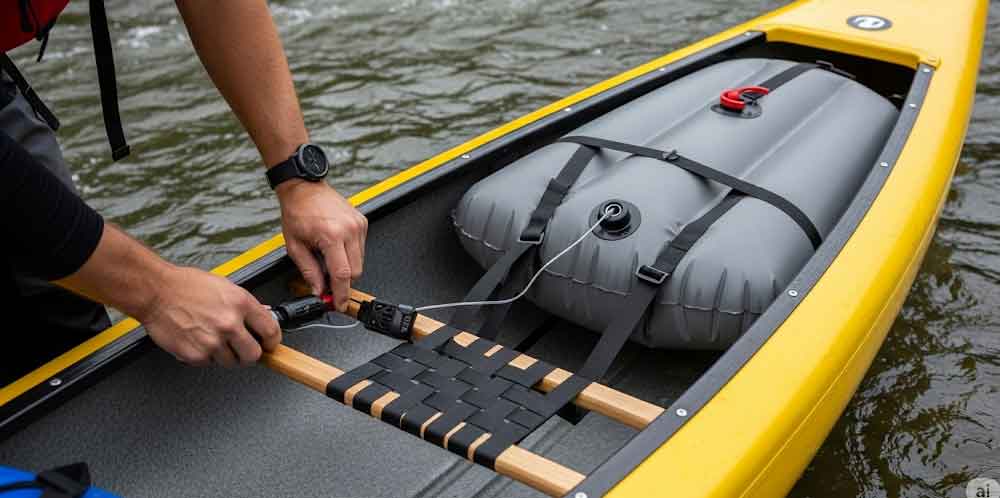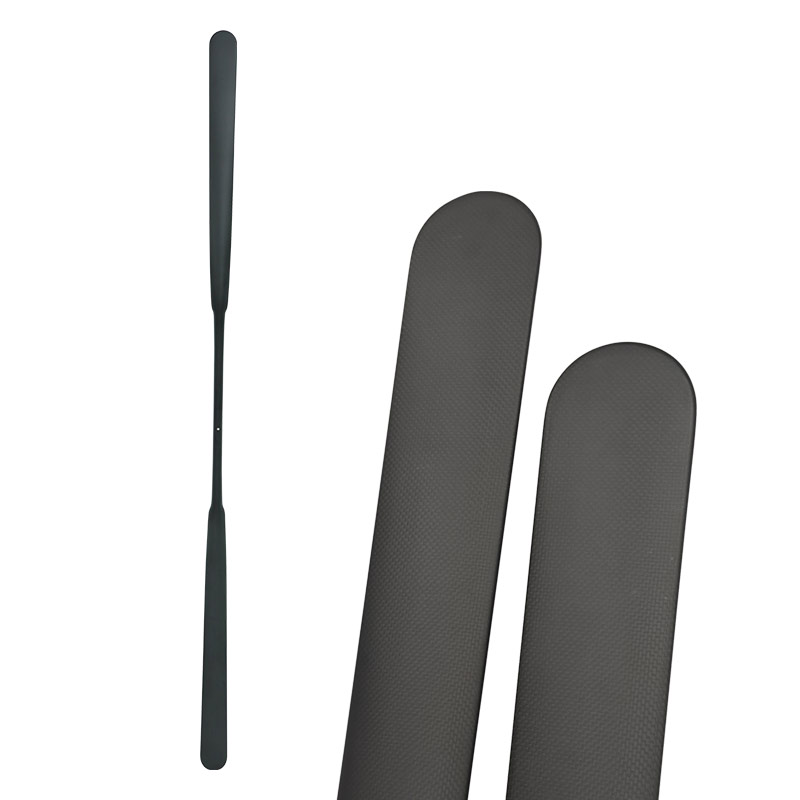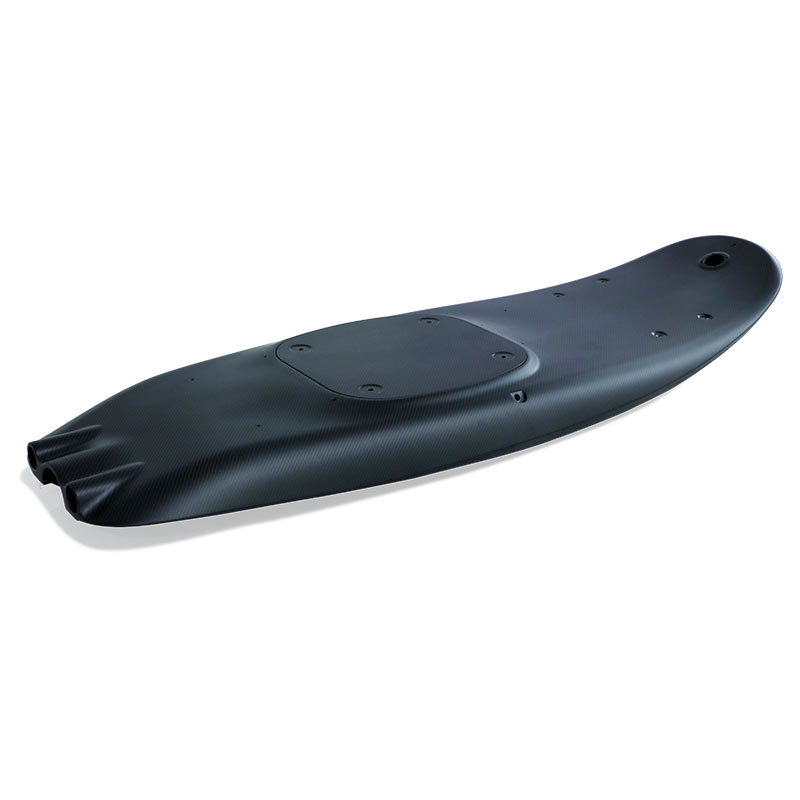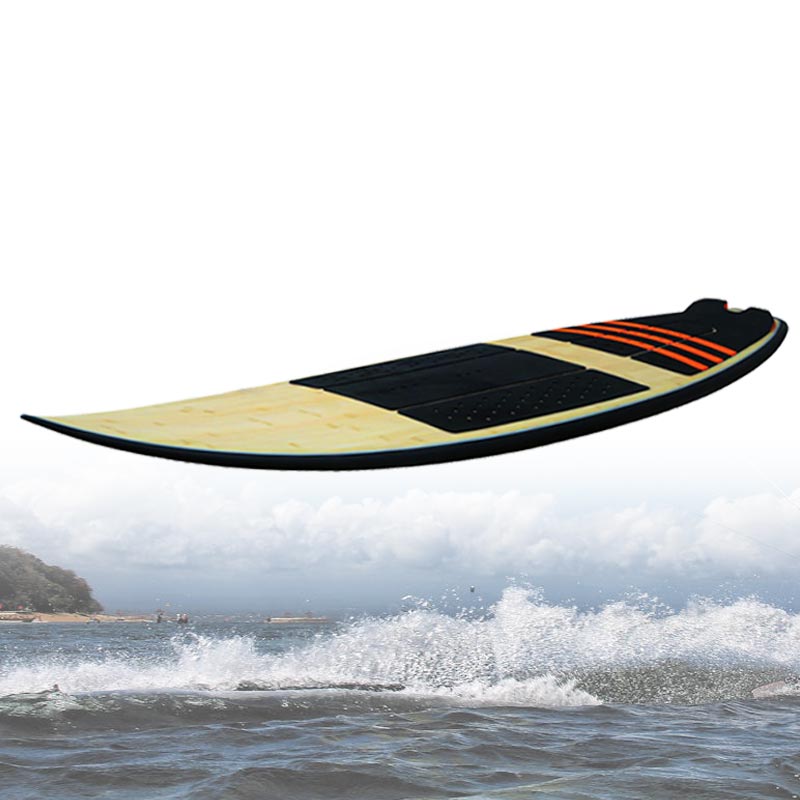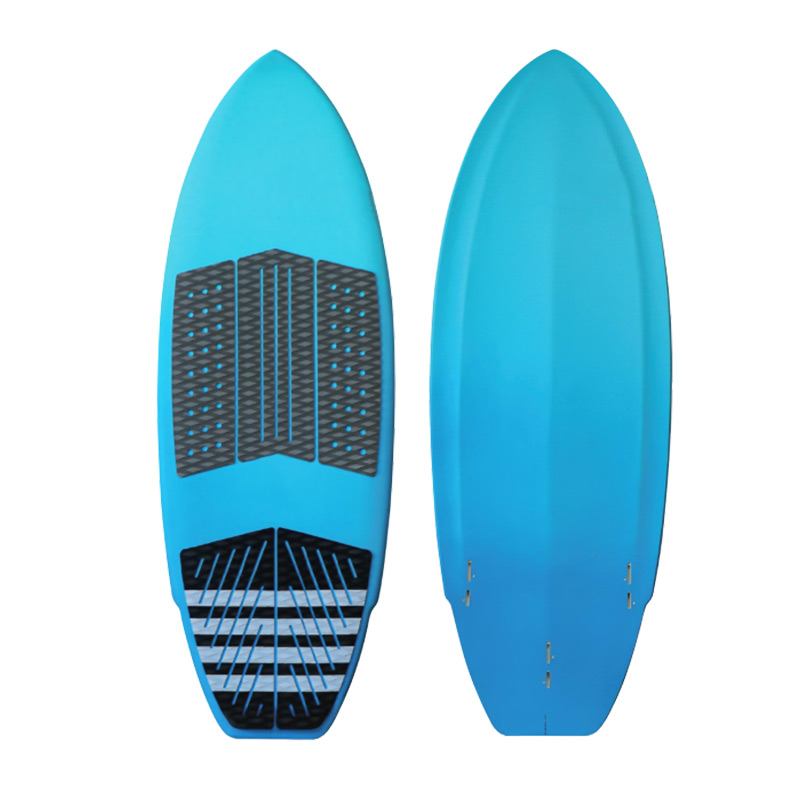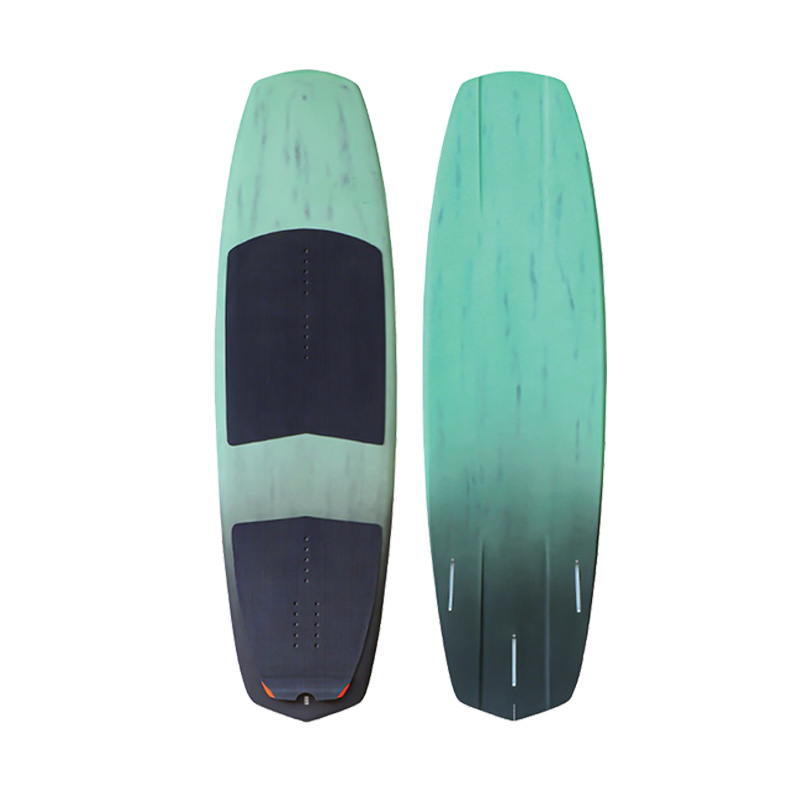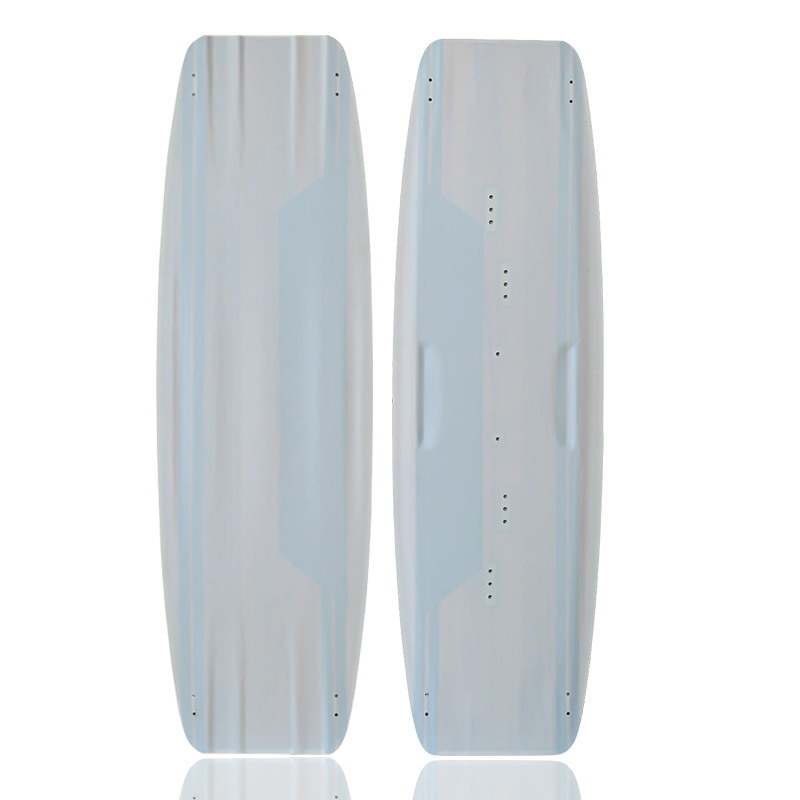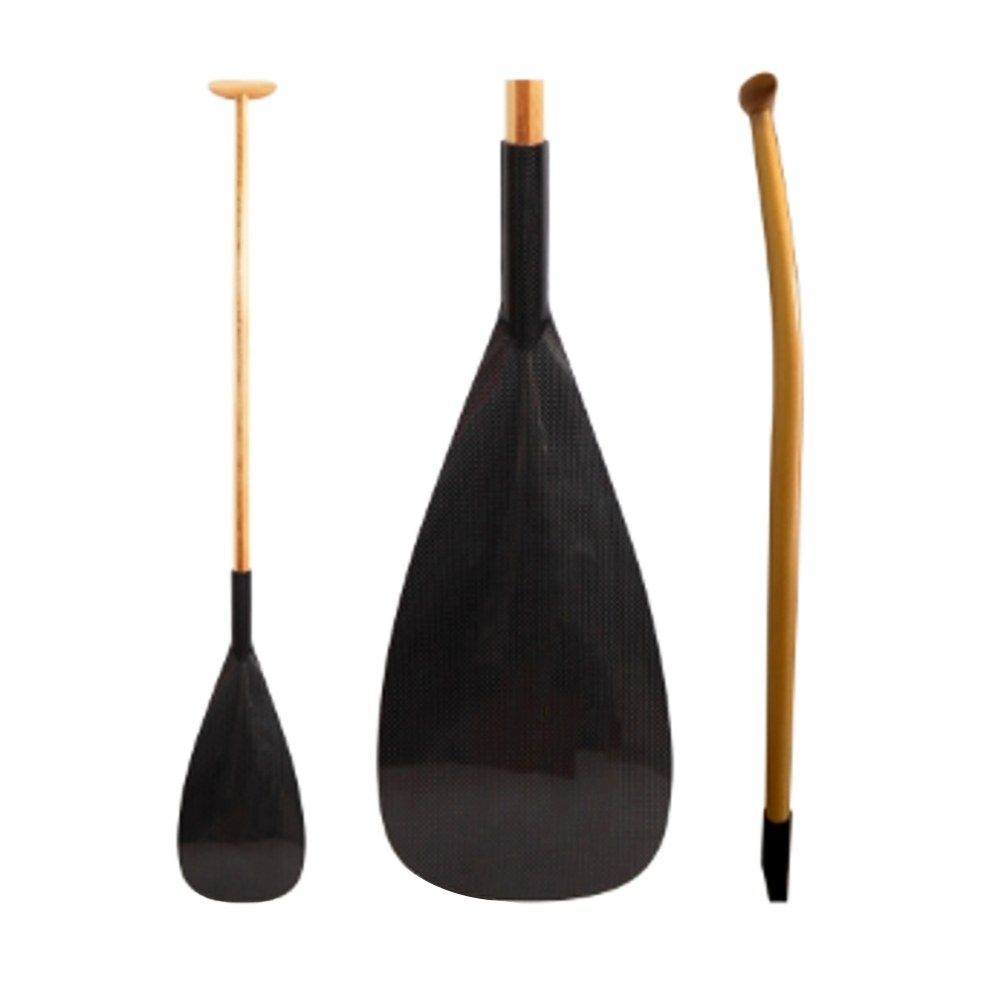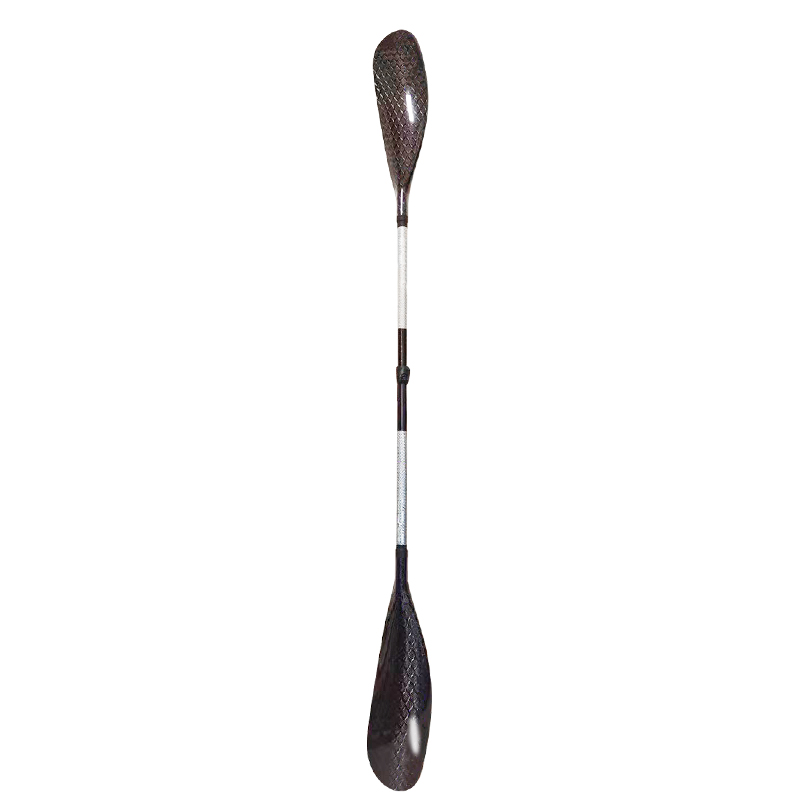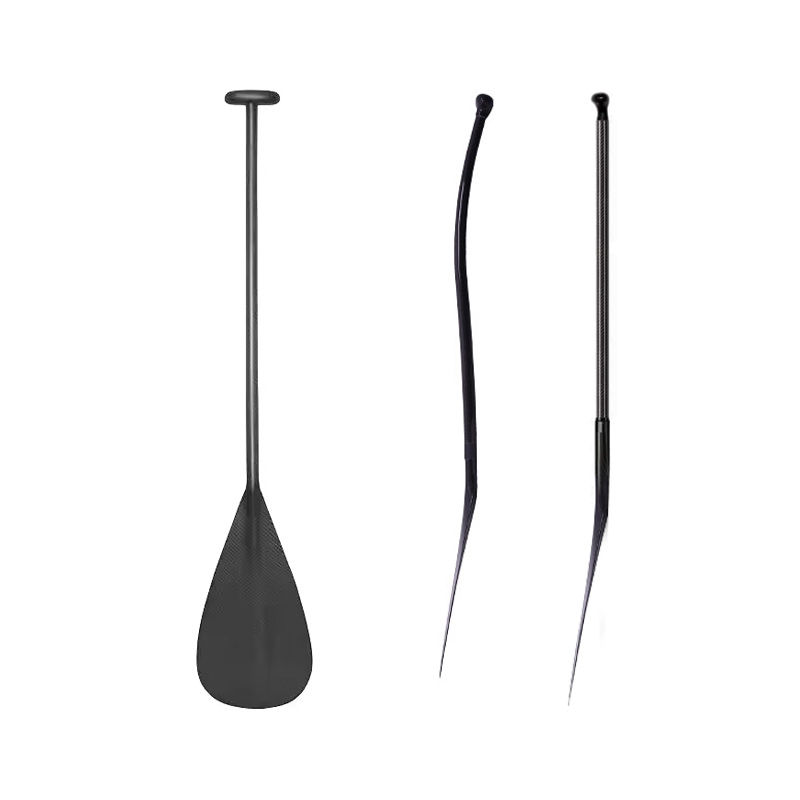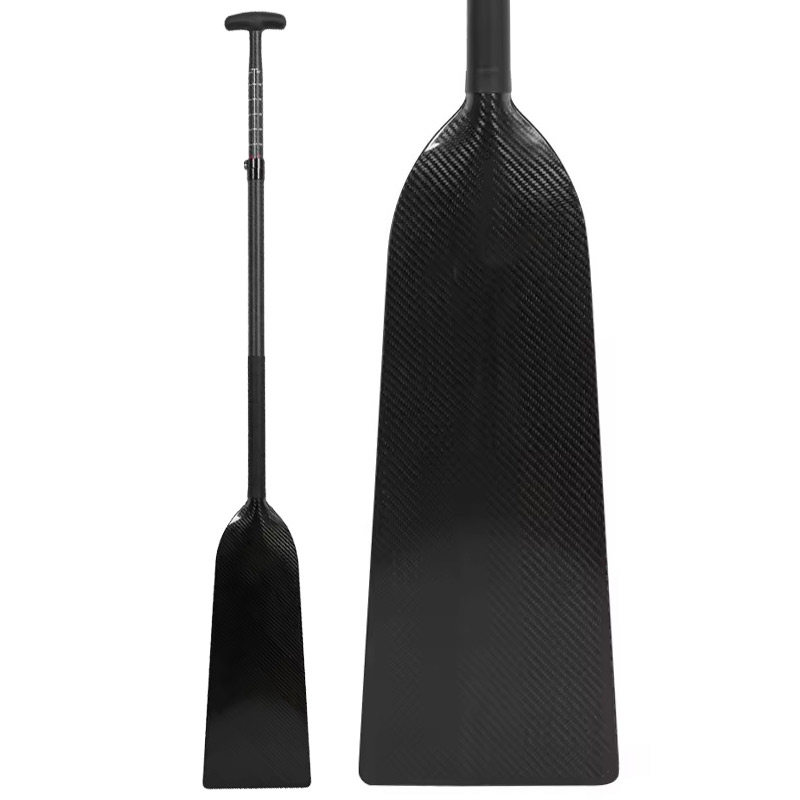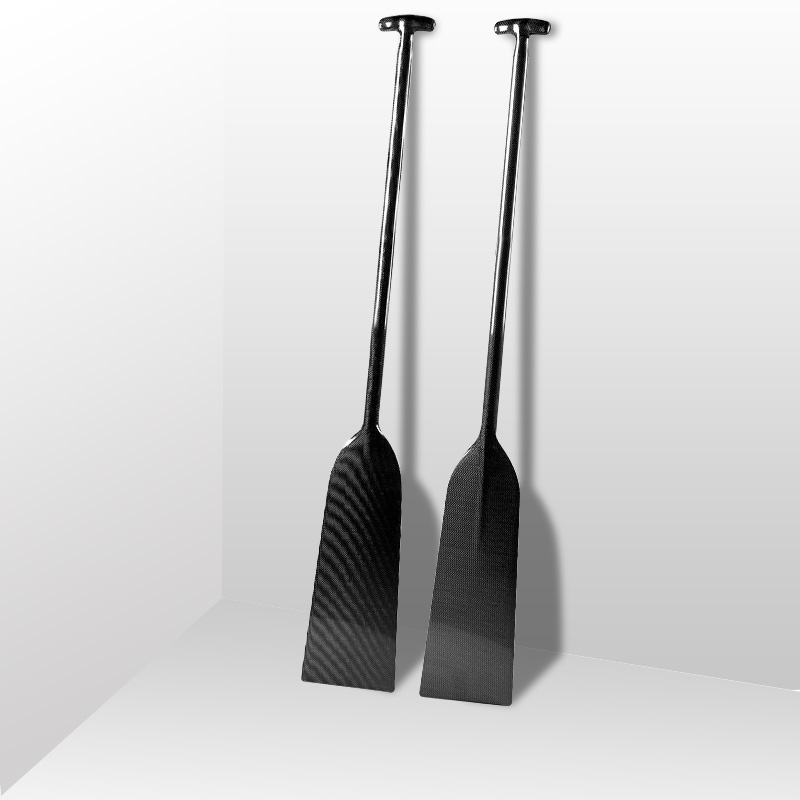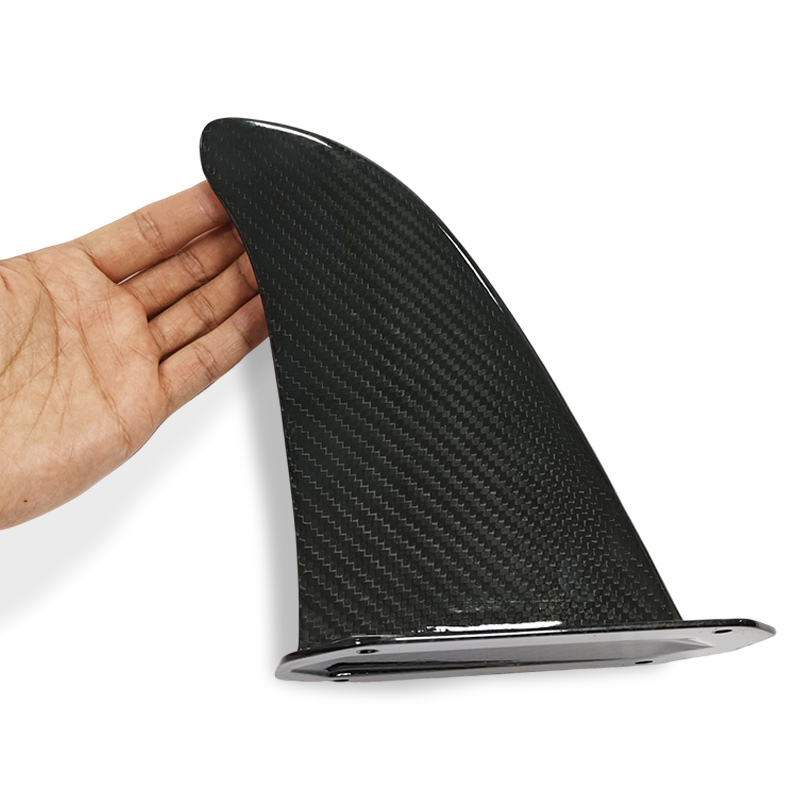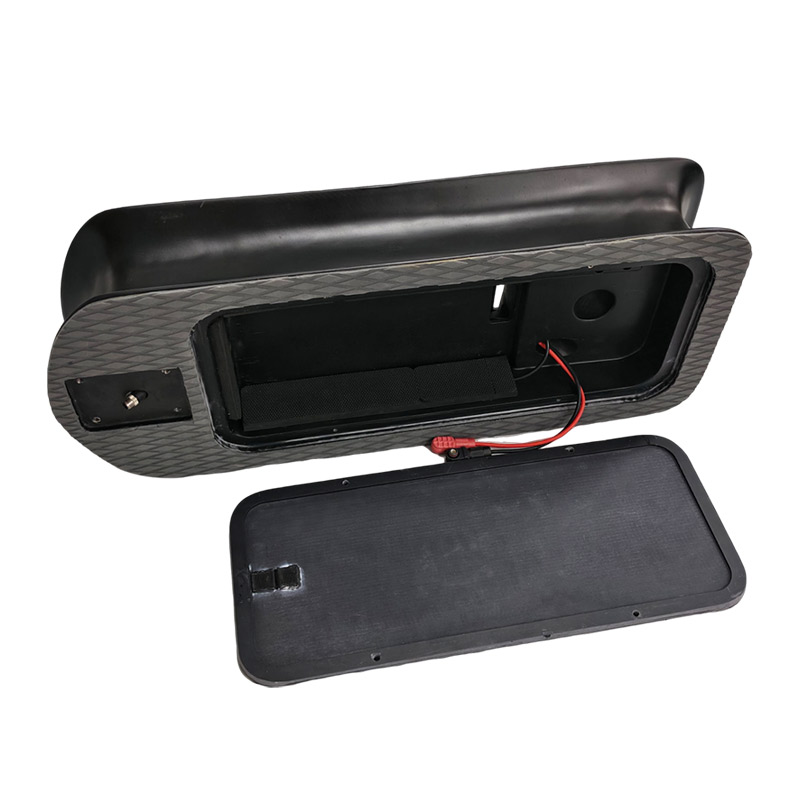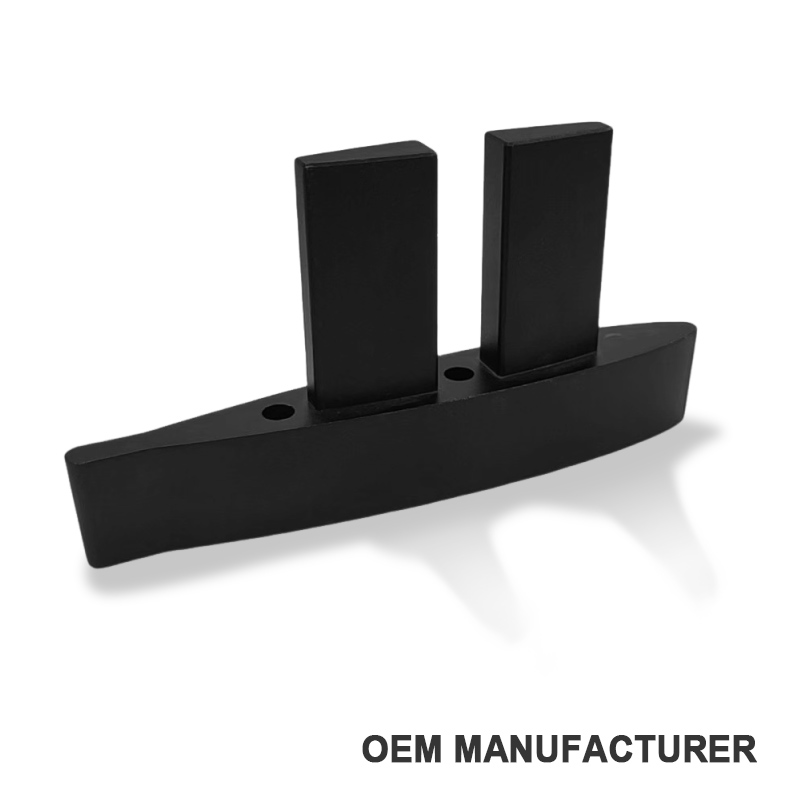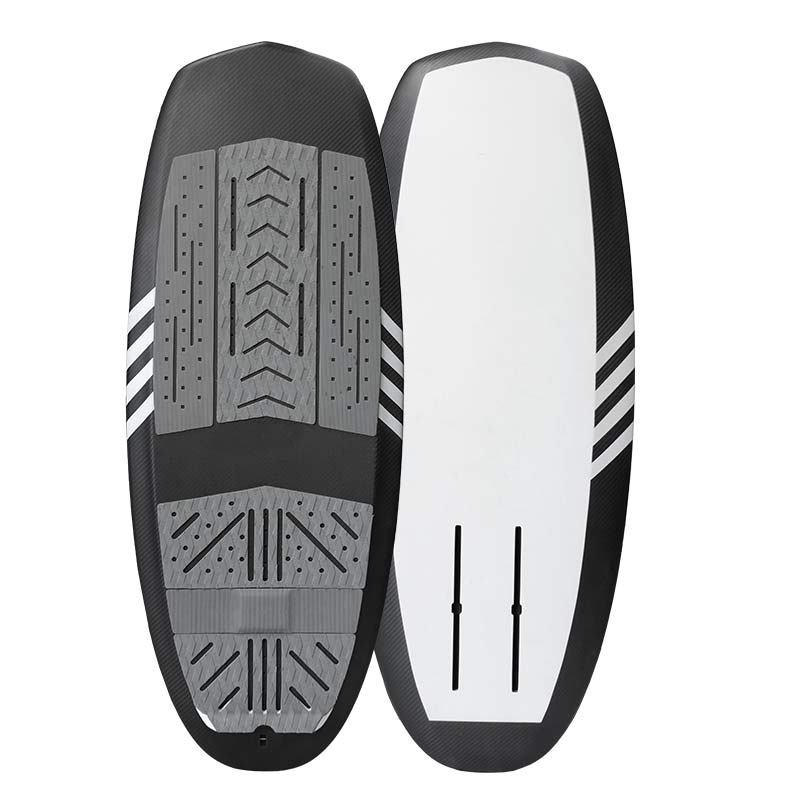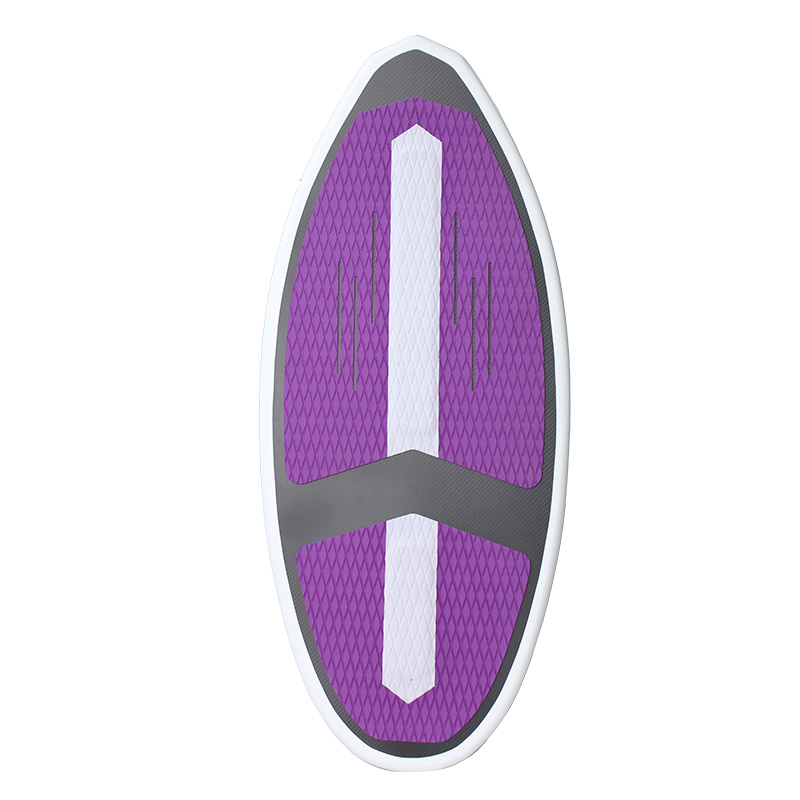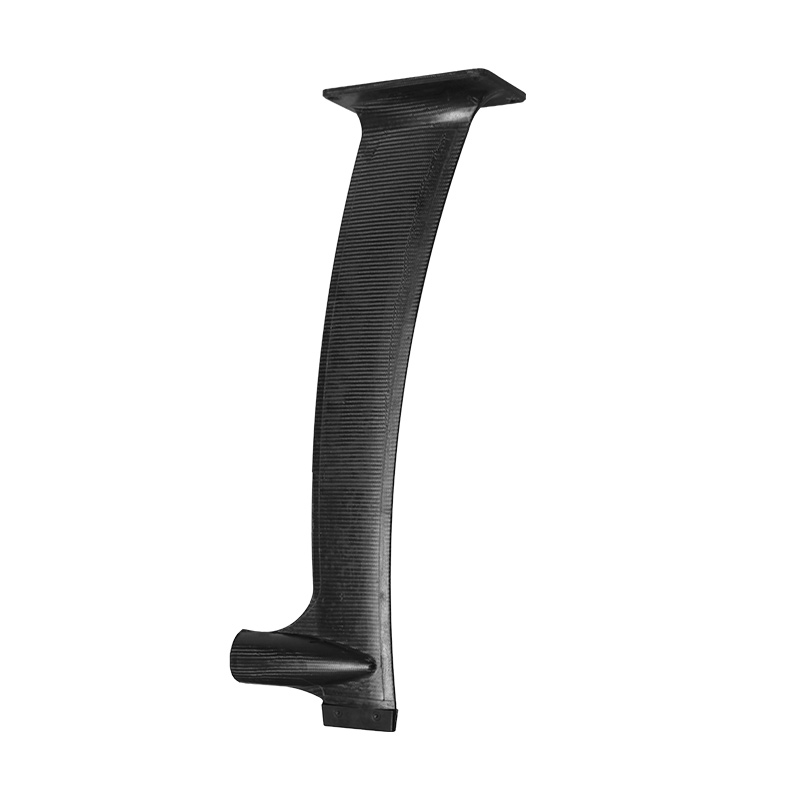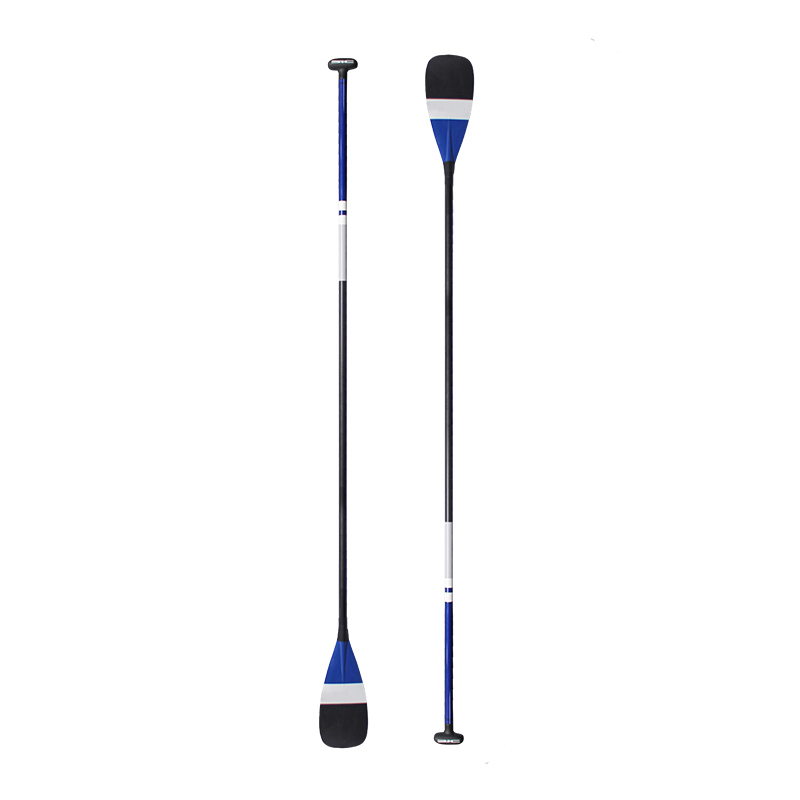Among the foiling sports, there’s a remarkable type of Foiling called downwind SUP Foiling. Due to its innovation and excitement, Foiling has increasingly gained popularity among surfing enthusiasts in recent years. Today’s article is dedicated to introducing it, providing beginners with some basic understanding of the concept and operational techniques. We hope it will be helpful to you. Now, let’s begin our article.
What is downwind SUP Foiling?
Downwind SUP Foiling is an exciting and advanced water sport that combines elements of stand-up paddleboarding (SUP), surfing, and hydrofoil technology to create a fast and exhilarating riding experience, primarily utilizing wind and ocean swells for propulsion. Downwind SUP foiling involves riding a stand-up paddleboard equipped with a hydrofoil underneath, using the power of wind and open-ocean swells to glide smoothly and quickly over long distances. The hydrofoil lifts the board above the water’s surface, reducing drag and allowing the rider to harness the energy of the swells more efficiently than traditional SUP.
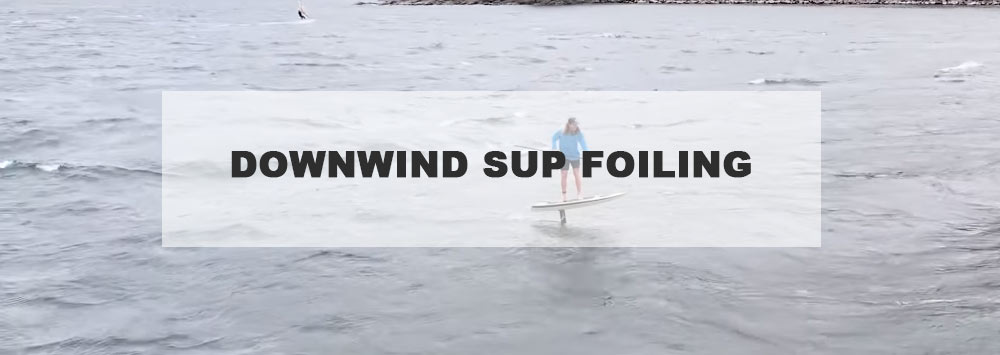
How Does It Work?
Generally, there are 3 sides to make the downwind SUP foiling work, paddle start, foil engagement, and maintaining flying.
1. The rider paddles to gain initial speed and catches small swells or “bumps” created by wind and ocean conditions.
2. Once enough speed is generated, the hydrofoil creates lift, raising the board and rider above the water’s surface. This lift reduces water resistance significantly, allowing for smoother and faster gliding.
3. The rider uses subtle weight shifts and paddle strokes to connect from one swell to another, maintaining continuous forward motion with minimal effort. Efficiently reading and leveraging the ocean’s energy is key to sustaining speed and glide.
Skill Level and Learning Curve
Intermediate to Advanced: Downwind SUP foiling requires a good foundation in both SUP paddling and basic foiling techniques. Paddlers should be comfortable with handling their board in various water conditions and have experience with balance and control.
Learning Steps:
- Master Traditional SUP: Proficiency in paddling, balance, and maneuvering on a standard SUP board is essential.
- Learn Downwind Paddling: Understanding how to effectively use wind and swells to gain speed.
- Introduction to Foiling: Start with smaller hydrofoil setups to get accustomed to the lift and balance required.
- Combine Techniques: Gradually integrate downwind paddling with foiling, practicing in calm conditions before tackling more challenging waters.
Equipment Needed
To better master this exciting sport, having a full set of professional equipment is just as important as skilled techniques. With the right gear, you’ll be able to glide across the water more effectively. Here is the equipments for downwind SUP foiling sport for your reference.
SUP Foil Board:
-
- It is shorter and more compact than traditional SUP boards.
- Designed with specific shapes and volume distributions to aid in lift and maneuverability.
The SUP Foil Board represents a paradigm shift in stand-up paddleboarding, merging cutting-edge technology with aquatic adventure. This specialized board features an integrated hydrofoil, designed to elevate the rider above the water’s surface. By harnessing the dynamics of hydrodynamic lift, the SUP Foil Board allows for an unparalleled gliding experience, dramatically reducing drag and enhancing speed. Riders can effortlessly navigate swells and waves, enjoying a smoother and more exhilarating ride. Its sleek design and innovative construction transform traditional paddleboarding into a futuristic pursuit, where every stroke propels you into a realm of near-effortless cruising and unparalleled thrill.
Hydrofoil:
The hydrofoil for SUP Foil Board downwind foiling is meticulously designed to enhance performance on the water. Key parameters include the aspect ratio, which affects lift and drag; a higher aspect ratio boosts efficiency and stability. The wing area plays a crucial role, with larger areas providing more lift for smoother rides over swells. The mast length influences clearance and handling, with longer masts offering better performance in choppy conditions. Harness systems are vital for distributing force and reducing rider fatigue. Together, these elements ensure that the SUP Foil Board delivers an exhilarating and efficient downwind experience.
If you are interested in buying the hydrofoil for SUP, welcome to contact us for more details.
Paddle:
-
- Lightweight and durable, typically made from carbon fiber.
- Length may vary based on personal preference and riding style.
Unity Sports is a professional composite surfing manufacturer, the high-end carbon fiber sup paddle is also available in our production line. If you need, let us know. Thank you.
Safety Gear:
-
- Leash: Keeps the board attached to the rider to prevent it from drifting away after a fall.
- Personal Flotation Device (PFD): Provides buoyancy and safety in open-water conditions.
- Helmet and Impact Vest: Recommended for protection against falls and collisions.
Appropriate Clothing:
-
- Wetsuit or rash guard depending on water temperature and conditions.
The Difference With Downwind SUP
Downwind SUP and downwind SUP foiling are both variations of stand-up paddleboarding that capitalize on wind and swell conditions to enhance the paddling experience, but they differ significantly in technique and equipment.
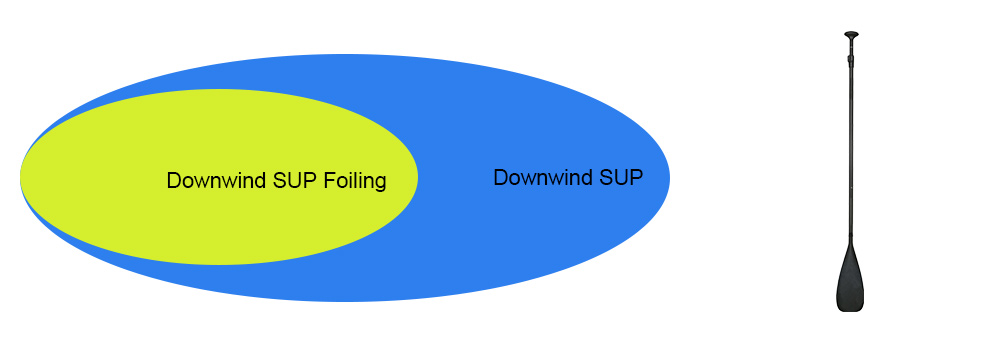
Downwind SUP
- Definition: Downwind SUP involves paddling a standard stand-up paddleboard (SUP) with the wind at your back. The goal is to harness the wind and swells to propel the board forward.
- Equipment: Utilizes a traditional SUP board designed for stability and efficiency in downwind conditions. These boards are generally wider and more stable to handle the choppy water.
- Technique: Riders use their paddle to navigate and take advantage of the wind and swells. It requires skill in catching and riding the swells, and managing the board’s speed and direction.
- Experience: The ride can be exhilarating, with the board moving fast over the water, but it often involves more physical effort and less smoothness compared to foiling.
Downwind SUP Foiling
- Definition: Downwind SUP foiling combines traditional SUP with hydrofoil technology. The board is equipped with a hydrofoil, a wing-like structure mounted underneath, which lifts the board above the water’s surface.
- Equipment: Involves a SUP foil board fitted with a hydrofoil. The hydrofoil reduces drag and allows the board to glide smoothly above the water.
- Technique: Riders need to build up sufficient speed to lift the board onto the foil. This technique allows them to ride the swells more efficiently, with less effort required to maintain speed.
- Experience: Provides a smoother, faster ride with a sensation of flying above the water. The reduced drag from the foil makes it easier to catch and ride smaller swells and maintain speed with less physical exertion.
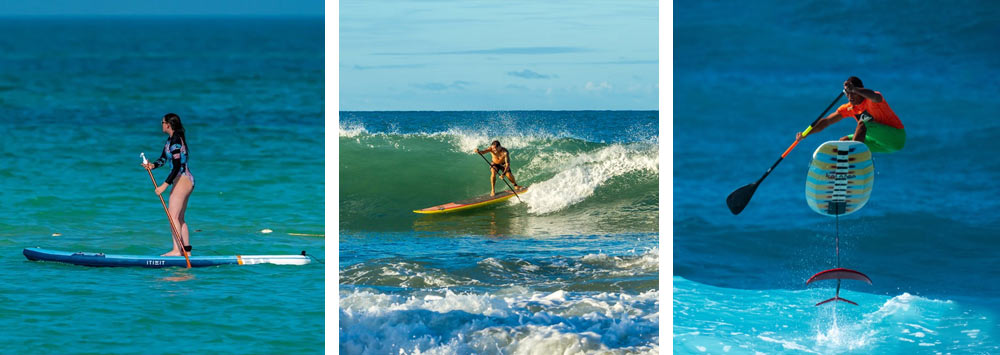
In summary, downwind SUP focuses on traditional paddling and board stability in downwind conditions, while downwind SUP foiling utilizes a hydrofoil to lift the board above the water, offering a more efficient and exhilarating ride. This is the difference.
Conclusion
Downwind SUP foiling is a distinct variation within the broader realm of foiling sports. Unlike traditional SUP paddleboarding, it employs the fluid dynamics of a hydrofoil and the propulsion of downwind conditions to lift the board above the water, enabling faster and longer rides. Naturally, this technique requires a higher level of skill and proficiency. For beginners looking to understand this exciting and dynamic sport, this article may offer valuable insights. Best of luck in mastering downwind SUP foiling and enjoying this thrilling activity!

